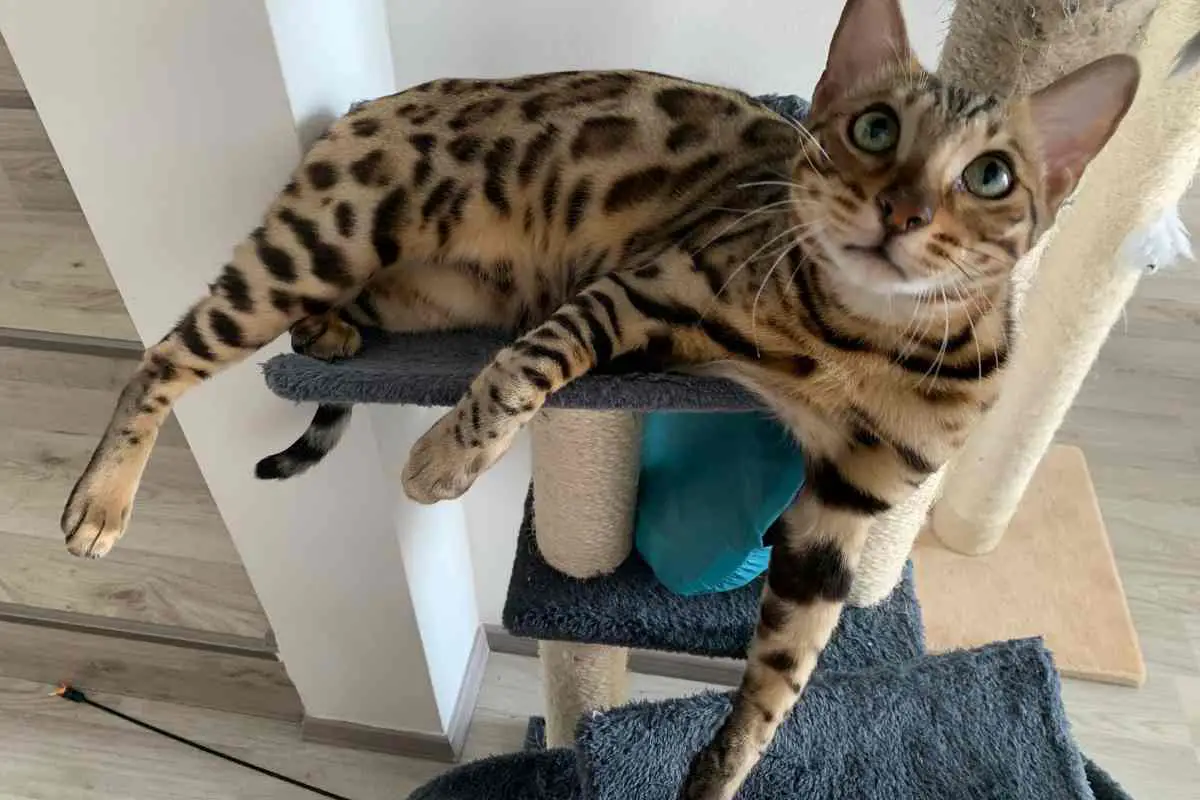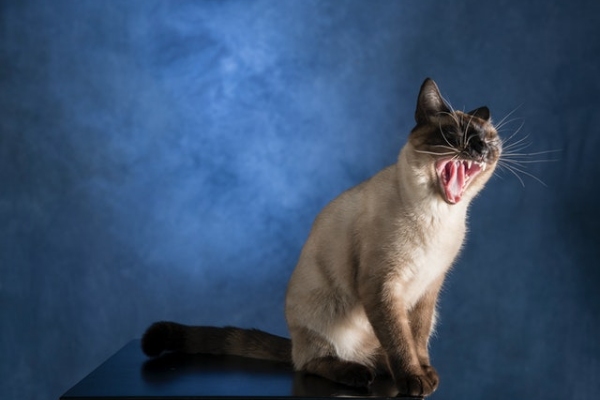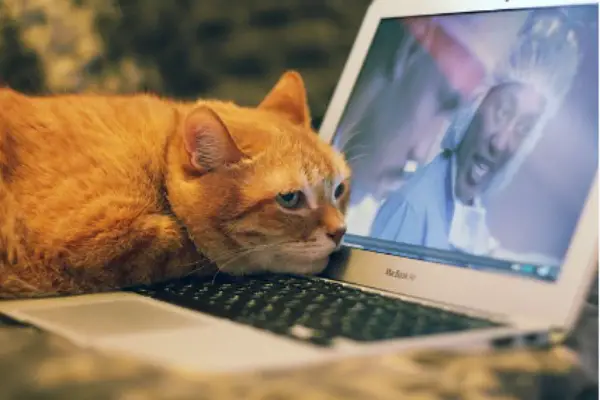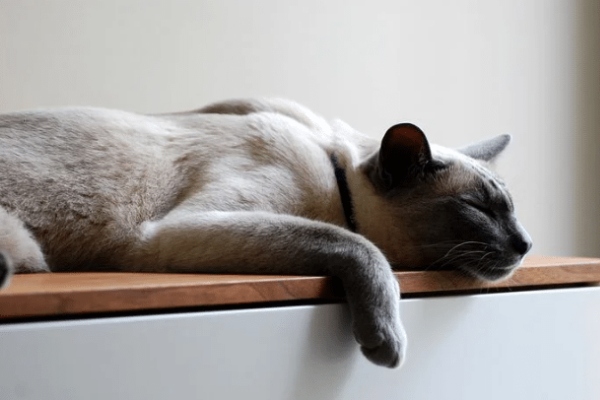Do Bengal Cats Shed: 11 Ways To Control Shedding & 10 Causes

As a Bengal cat lover I hear cat lovers ask do Bengal cats shed, this is a very interesting question which is exactly what this article is all about.
In this article, we will discuss Bengal cat shedding, which some breeders say that Bengal cats don’t shed: This old saying is not true because Bengals shed.
We will outline and discuss the common reasons or causes of shedding in Bengals, we will also outline control measures or ways to avoid and control shedding in Bengal cats.
How to know if your Bengal cat actually shed?
Get a white towel and a white grooming brush spread the towel and have your cat sit at the center, brush your Bengal and look at the white brush as well as the white towel to see if you can find any hair.
You will find hair in the brush and towel, this will prove to you that Bengal cats do shed, but yet people say they don’t shed just because they are low shedders.
Let me quickly answer your question do Bengal cats shed before we continue to the causes and control.
Do Bengal Cats Shed
Bengal cats, like any other cat, shed their coats as their hair grows back, and shedding becomes more visible as they become older.
Most Bengal cats shed more throughout the fall and spring seasons, although shedding seems invisible owing to the quantity or sizes of their fur, therefore Bengal cats are considered low shedders.
The amount of shedding a cat generates is influenced by nutrition, genetics, weather changes, and sunlight exposure.
How to control shedding in Bengal cats
Here are the common ways to control or reduce shedding in Bengal cats:
Brushing regularly reduces shedding in Bengal cats
Brushing your cat’s coat in the direction of its hair once a week can improve your cat’s skin health while also reducing shedding.
Once a week, combing your cat’s hair will help you minimize shedding and discover skin problems or fleas, both of which can contribute to further shedding.
Brush in the direction of hair development in areas where the cat appears at ease with a slicker brush, pin brush, or comb with wide-set bristles in the direction of hair growth.
It’s a good idea to brush your cat’s fur on a regular basis. Make a weekly session with your cat a priority if that is possible.
Ensure that high-quality meals are provided
Keep a watch on the food your Bengal cat eats. In all cats, a well-balanced diet promotes healthy skin and minimizes shedding.
A Bengal cat’s food should be nutritious and well-balanced. Your cat’s coat quality is mostly affected by how well you feed it.
Feed a well-balanced food to your Bengal cat. This allows her to keep even the slightest hair shedding on the inside to a bare minimum.
If your cat consumes cat food high in Omega-3 fatty acids, oils, and minerals, her hair and skin will be as smooth and healthy as possible.
Consult your veterinarian before making any changes to your Bengal cat’s food.
Keep your Bengal cat body temperature low
While shedding is assisted by a warm environment in most circumstances, if your Bengal cat’s body temperature rises, it will shed more frequently.
This is due to the fact that its coat will make it look as though it is spring, even if it is not.
If you want to reduce shedding, don’t expose your Bengal cat to temperatures above 25-33.8° C. This can cause excessive shedding owing to the cat’s high body temperature.
Your Bengal cat may shed excessively if it is exposed to high temperatures for any reason. Therefore, keep a low body temperature in your Bengal.
Keep your Bengal cat away from allergies
Addressing any allergies is one of the most essential things you can do to avoid your Bengal cat from shedding excessively.
Bengal cat allergies can be caused by a variety of factors such as pollen, mold spores, dust mites, and dead skin cells are examples of allergens.
Keep an eye out for indications of food allergies in your cat’s skin and hair, such as rashes or hair loss.
An allergic response in a Bengal cat’s symptoms
Some of the most common symptoms that your Bengal cat is allergic to specific foods or materials are as follows:
- Running nose.
- Frequently licking
- Typical diarrhea.
- Swelling of the face.
- The skin is being chewed constantly.
- Consistent sneezing
- Vomits repeatedly.
- Running eyes.
- Itchy ears.
Control parasite infestations in your home
Fleas, ticks, and other parasites will not only make your Bengal cat uncomfortable but will also impair the quality of its coat.
If not handled routinely and properly flea bites can cause significant hair loss as well as itchy, inflamed skin to a Bengal cat.
Make an appointment with your veterinarian to talk about successful flea and tick management.
The following are some of the most frequent ways worms or other parasites might infect your Bengal cat:
- Inadvertently ingesting fleas might cause Bengal cats to have worms.
- A mosquito bite can cause worms in cats (heartworm).
- Bengal cats can become worm-infected by eating a worm-infected mouse.
- Dirty litter boxes can give Bengal cats parasites.
- When pursuing a sick mouse, Bengal cats might pick up parasites.
- Bengal cats may become worm-infected by ingesting worm larvae.
- Bengal cats are known to eat worms larvae from houseplants.
- Worms can be acquired by Bengal cats from neglected flower beds.
Always keep your Bengal cat hydrated
Your Bengal cat should always have access to clean drinking water to decrease the risk of getting dry skin, since it helps to lower your Bengal cat’s body temperature.
This is important because cats with little water intake have dry skin and hair, which causes excessive molting.
If your cat’s water bowl is maintained clean and full, the risk of dangerous bacteria being consumed is decreased.
Keep an eye on your cat’s water bowls to make sure they’re only drinking clean water.
Dehydration can cause not only health concerns but can also cause shedding. As a result, make sure your cat has access to fresh water at all times.
Keep table scraps or leftover food away from your Bengal cat
Eating table scraps can cause stomach discomfort and excessive shedding in Bengal cats.
Do you aware that your Bengal cat might get a bacterial infection by eating table crumbs on the floor?
Allowing your cat to eat from the ground is not a smart idea; instead, feed your cat from a clean container.
Don’t allow your Bengal cat to take food off the table when you’re eating, and if they do, don’t let them.
Cats’ stomachs are sensitive, and they may vomit if they eat old food or table scraps.
Take your Bengal cat for check-ups
This is a crucial step in how to keep cats from shedding since they may shed for a number of causes.
Always get medical advice from a veterinarian and have your cat examined on a regular basis.
Shedding has been related to a slew of health problems, including:
- Liver conditions
- Kidney disease
- Thyroid issues
- Cancer, etc.
Try Omega-3 shedding supplement
Omega-3 shedding supplements have been shown to help cats shed, but you should first consult your veterinarian.
Omega-3 fatty acids are beneficial to your Bengal cat’s eyesight and contain ingredients that maintain your skin appearing fresh.
Before purchasing any Omega-3 Shedding Supplement, consult your veterinarian for product recommendations.
Make your home stress-free
If your cat is anxious or stressed, it will lose more fur than usual.
They may also groom themselves excessively, resulting in bald patches or skin discomfort.
Stress should be avoided at all costs, since it may cause your cats to shed excessively.
Here are some tips for keeping Bengal cats stress-free:
- Reduce the number of times you change your cat’s food.
- Maintain a safe distance between your cat and loud noises.
- Stop deviating from your cat’s normal routine.
- It’s not a good idea to scream at your cat.
- Stop changing your cat’s mealtimes.
- Stop tinkering with your home’s decor.
- Make sure there are plenty of toys available.
- Your cat will benefit from mental stimulation.
Practice regular hygiene
Proper sanitary habits are only a preventative strategy to help Bengal cats avoid excessive shedding.
To keep your Bengal from shedding, use these hygiene tips:
- Ensure that your cat has access to clean water at all times.
- It’s important to replace the drinking water of your Bengal cat on a regular basis.
- It’s critical to keep your Bengal cat feeding dishes clean.
- Allowing your Bengal cat to use dirty litter boxes is not a smart idea.
- Keeping your home’s floor clean.
- Allowing no access to the long-term waste of your Bengal.
- Avoid giving your cat stale food.
- Brushing your cat once in a week.
- Set up a pest control system.
- Keep rodent away from your home, etc.
Read more: 12 Hidden Bengal Cat Behavior Problems & Simple Solutions.
Causes of shedding in Bengal cats
The following are some of the most prevalent causes of Bengal cats shedding excessively:
Presence of cat allergies in your home
Allergies generated by dietary or environmental factors can cause itching on a cat’s skin.
As a result, a cat may scratch, lick, or bite itself and may lose a significant amount of hair.
Food, dust, medicine, and insect stings can all cause allergies in cats.
When cats come into contact with anything they are allergic to, they lose their hair as a result of an allergic reaction on their skin.
This sort of shedding does not happen every day; you will only notice it every now and then. If you see it, keep allergy triggers away from your cat.
If you’re concerned about excessive shedding due to allergies, make an appointment with your veterinarian.
Changes in cat hormones
Hyperthyroidism is a common illness in senior cats that is defined by an increased metabolic state caused by excessive thyroid hormone secretion.
One of the probable side effects of this condition, which happens when the thyroid hormone is overproduced in cats’ bodies, is excessive shedding.
Female cats are more vulnerable to this, so if you have one, expect her to go through physical changes, including greater fur loss than usual.
Excessive shedding, on the other hand, usually stops once the female cat has given birth and her body has returned to normal.
It’s crucial to know that shedding may occur when your cat’s hormones vary.
Read more: How To Care For Bengal Cats: 18 Best Practical Guide.
Side effects of medications
If you give your cat medicine and it starts shedding right away, the side effects of the medication will just add to the unnecessary shedding.
On the other side, certain medicines may cause your cat to scratch and shed excessively as a result of irritation or scaling.
Some illnesses may cause your cat to brush herself excessively, resulting in bare areas in her fur.
Quick fix: Consult with a veterinarian. You should have your cat evaluated if he is shedding excessively to rule out any potential health concerns.
Consult your veterinarian to see whether your cat’s excessive shedding is a side effect of any drugs she’s on.
Illnesses or skin diseases
If your cat is ill, you’ll notice that his or her hair is falling out in clumps more than anything else.
The pattern is different when your cat sheds appropriately.
Nonetheless, it’s important to be aware of this since you may immediately treat your cat to make him feel better.
Hair loss in cats can be caused or exacerbated by a variety of illnesses.
Here are a few of the most common health problems associated with hair loss in cats:
- Skin diseases
- Kidney disease
- Thyroid issues
- Liver conditions
- Bacterial infections
- Adrenal issues
- Cancer
Read more: 14 Most Common Bengal Cat Health Issues You Should Know.
Improper or wrong diet
Improper or wrong cat food can produce abnormal shedding, and nutritional issues can also induce excessive shedding.
Cats will shed if they don’t obtain the right balance of nutrients, which is a symptom of poor nutrition.
High-quality Proteins, vitamins A, E, and B, as well as other nutrients, are necessary for coat development and maintenance.
It’s also critical to pick cat food with a high omega-3 fatty acid content. It keeps the cat’s coat in good shape and reduces irritation, which can lead to scratching.
Always consult your veterinarian to ensure you’re feeding your cat the right food; don’t rely on what you read online.
Stick with whatever food you and your cat like until it stops working.
Variations in the seasons
Bengal cats shed as the temperature rises due to the time of year; this is one of the most prevalent causes of your cat’s shedding.
Bengal cats acquire a thicker coat in the winter to remain warm, and as the weather heats up, the excess hair is lost.
You’ll notice that your Bengal cat’s hair thickens and sheds less as winter approaches.
Bengal cats shed their winter coats in the spring to keep their body temperature stable.
They’ll grow a thicker coat in the fall to prepare for the coming winter.
As a result, expect more shedding during certain times of the year than others.
Read more: Can Bengal Cats Be Left Alone: 7 Tips To Keep Them Busy.
Cat gender and age
Bengal cats do not shed as much as other cats, although they do shed more as they become older than they did when they were younger.
The loss of hair is strongly impacted by age in a less shedding breed of cat, such as the Bengal cat.
Gender, like age, has an impact on how much a cat sheds; for example, a pregnant female cat will shed significantly more than a male cat.
This is because female cats feel worried when they become pregnant, and stress is a primary cause of shedding in many cats.
Sudden changes in cat food
This sort of shedding is common among Bengal cats whose owners want to experiment with different meals rather than sticking to what works for them.
A change in your Bengal cat’s diet may cause hair loss and shedding. If your cat’s food is lacking in nutrients, this is more likely to happen.
If you change your cat’s diet and see a bad reaction in their fur, you should go back to a previous type of food.
When you move to new cat food that lacks all of the necessary nutrients, your Bengal cat will shed more.
Too much stress-free and anxiety
The most prevalent cause of unexpected and excessive shedding in Bengal cats is too much stress or anxiety.
Bengal cats are sensitive pets who react to changes in their environment rapidly.
It just takes a small amount of anxiety, agitation, or stress for them to become concerned, agitated, or stressed.
Bengal cat stress factors
- Relocating to a new location.
- You keep changing things in your home.
- Loneliness.
- Sounds that are too loud.
- It’s a loud environment.
- The daily routine is always changing.
- Changing your cat food.
- A new member of the family.
- Another animal companion.
- There is a lack of mental stimulation, etc.
Parasitic infestation
When fleas bite your cat’s skin, they might cause an allergic reaction, which lead to unnecessary shedding.
When these insects puncture a cat’s skin, the cat will try to relieve the pain by licking, clawing, or biting the afflicted region, which can lead to excessive shedding.
Internal and external parasites can cause or provoke excessive shedding in Bengal cats.
Here are some fascinating facts to learn about cats and parasites:
- How Do Indoor Cats Get Parasites.
- 17 Most Common Symptoms Of Worms In Cats You Should Know.
- How Long After Deworming a Cat Are The Worms Gone.
I hope your question do Bengal cats shed was answered!!!




![Why Does My Cat Smell So Bad [12 Potential Reasons] Why Does My Cat Smell So Bad](https://petcreeks.com/wp-content/uploads/2023/10/cat-3054260_640.jpg)

![How to Keep Outdoor Cats Warm in Winter [10 Hints] How to Keep Outdoor Cats Warm in Winter](https://petcreeks.com/wp-content/uploads/2023/10/pexels-aleksandr-nadyojin-7335655.jpg)